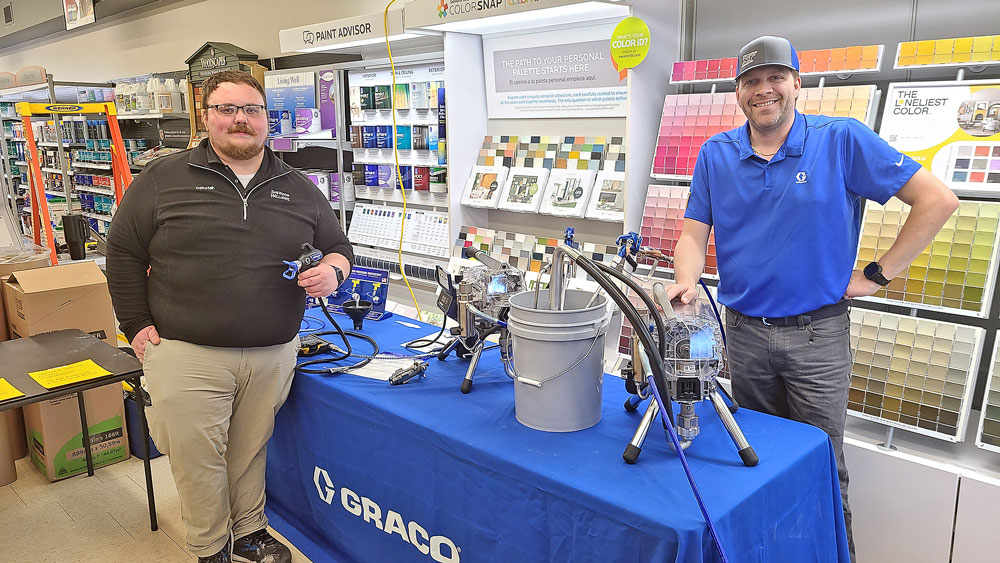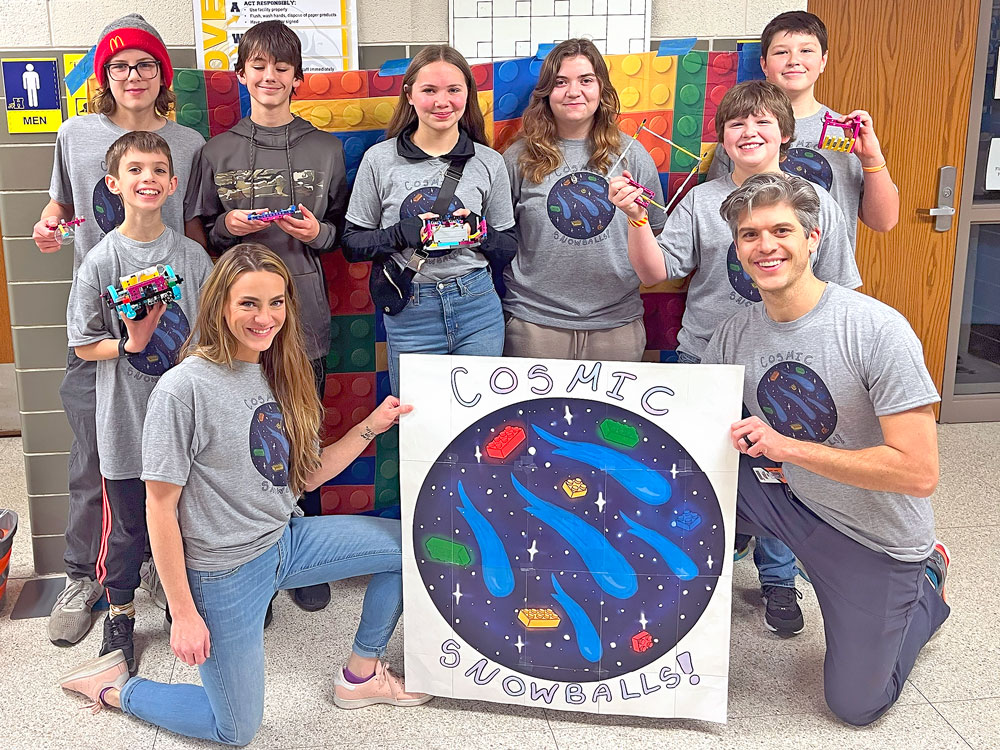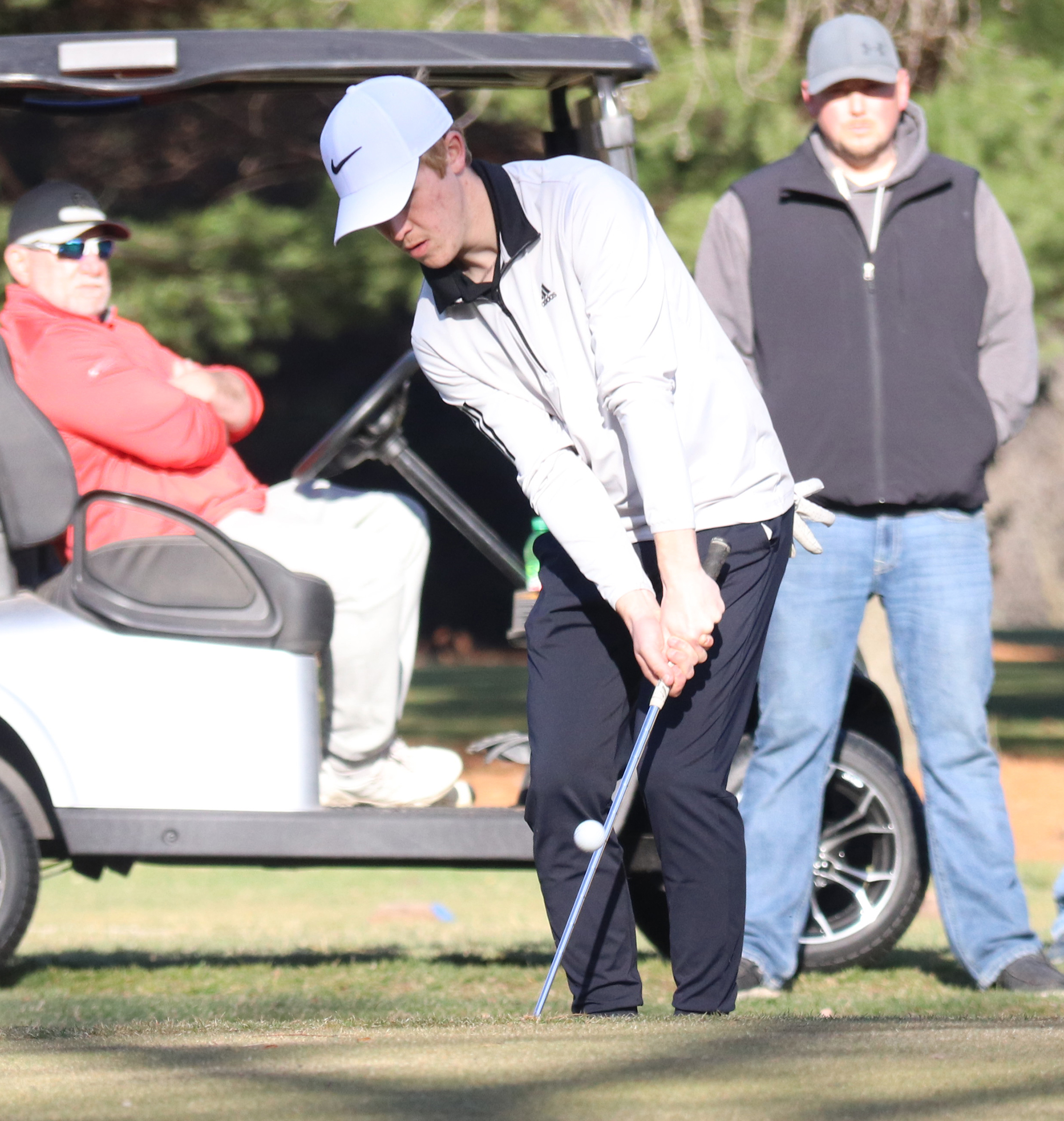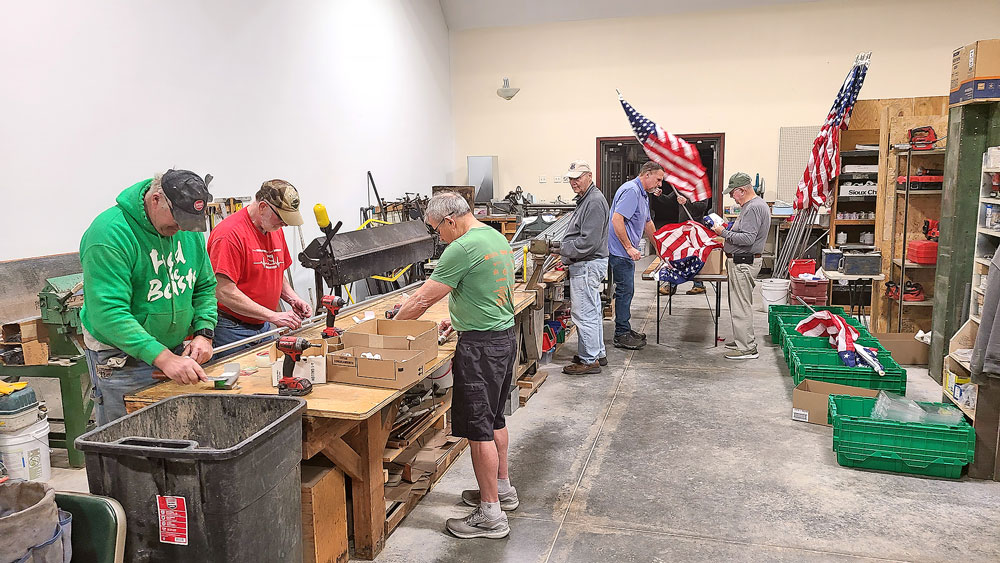Splash pad would be most costly addition to Charles City pool refurbishment project

By Bob Steenson, bsteenson@charlescitypress.com
The most expensive feature option proposed for repairing and refurbishing the Charles City outdoor municipal swimming pool is the addition of a splash pad, outside of but alongside the pool.
Depending on where the splash pad is built, it could have a price tag of almost $770,000.
The plan agreed to at a previous meeting of the Charles City Parks and Recreation Board was to locate the splash pad on the northeast corner of the pool, near the zero-depth entry area, so that it would be near Lions Field Park playground equipment, shelter houses, ball diamonds and other amenities.
In a previous plan, the Parks & Rec Board consultant, JEO of Ankeny, had located a splash pad on the other side of the pool, where parking is now, because that would be the easiest – least expensive – location near existing pumps, chemical equipment and filters.
Moving the splash pad to the other side of the pool to be close to the park increased the cost by about $150,000 to $200,000, according to Andrew Pennekamp, a JEO engineer and project manager, because of the cost of having to run piping under existing concrete and install the splash pad’s own pump, electrical equipment, holding tank, variable frequency drive, chemical controller, UV disinfection, filters, etc.
Pennekamp said some of the cost of all the new piping, pumps and disinfection equipment could be eliminated in the site north of the pool if the board chose to use city potable water for the splash pad and have it run into the sewer, rather than saving and reusing it.
He said a rough estimate with not all of the splash pad water features on at the same time would be about 18,000 gallons of water per day being used, if the pad was on for six hours a day.
All the Parks & Rec Board members who commented on that said it sounded too wasteful of water.
The current proposal would be for the splash pad to have a fence around it, and to be separated from the pool by a common fence. When the pool is open the splash pad outer gate would be closed and a gate open between the pool and the splash pad.
People would have to go through the pool – paying the admittance fee – to use the splash pad, but then those people could use the pool, the splash pad or both.
When the pool is closed the gate between the pool and the splash pad would be closed and the splash pad outer gate would be open so people could use the splash pad for free.
That would also allow people to use the splash pad earlier in the spring and later in the fall when the pool is closed for the season.
That prompted a brief discussion between board members who said many splash pads are free all the time, and others who said if the splash pad was open for free when the pool was open then people could get into the pool through the splash pad without paying a pool admission fee.
Making the splash pad entirely separate from the pool would mean parents with children of different ages wouldn’t be able to watch some of them in the pool and some at the splash pad at the same time.
The board members will continue the discussion at the next board meeting in June.








Social Share